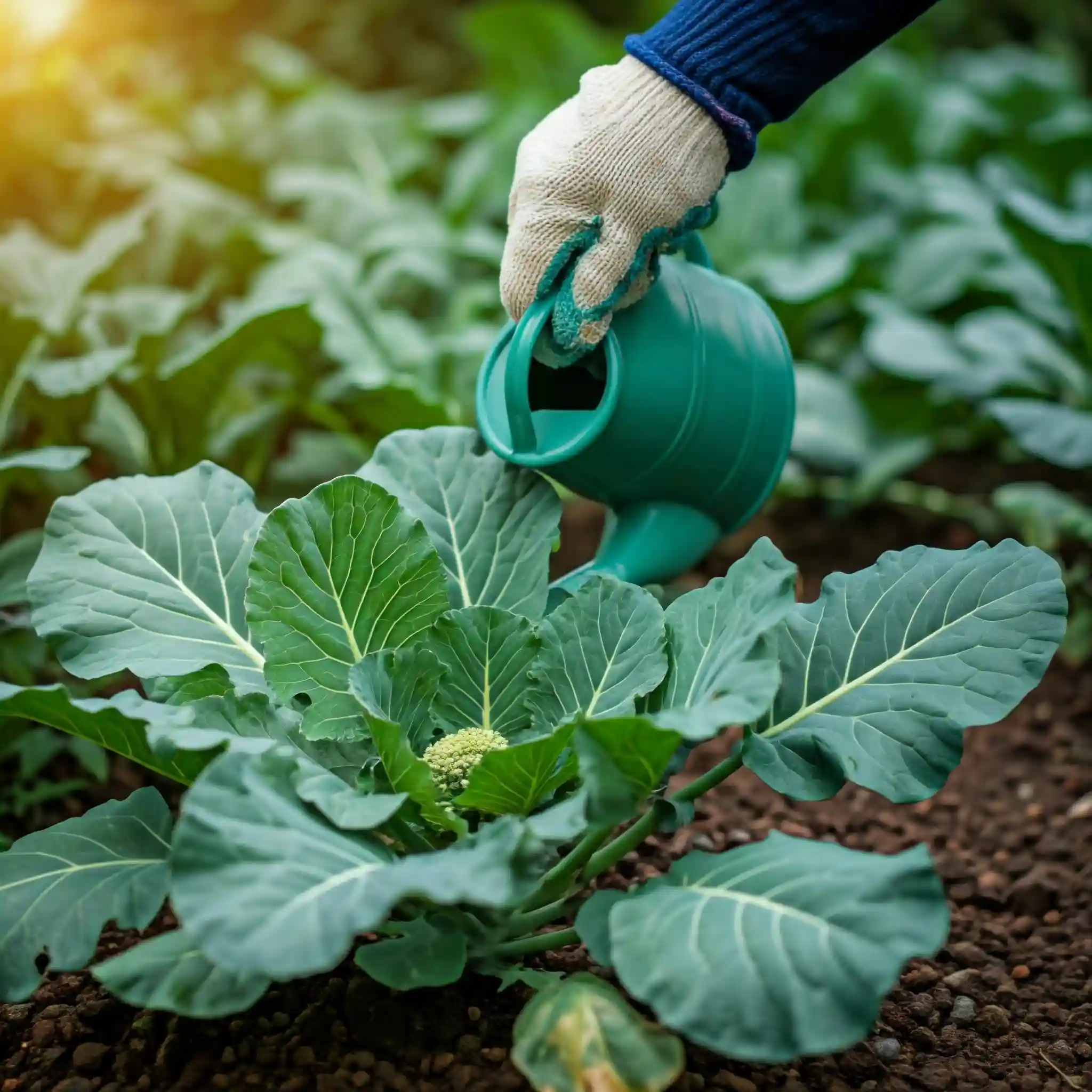Foundation drainage issues can lead to serious problems for homeowners, including structural damage, mold growth, and increased energy costs.
Ignoring foundation drainage problems can have severe consequences, such as:
- Structural damage: Foundation settlement, cracks, and bowing walls
- Mold growth: Health hazards and property damage
- Increased energy costs: Inefficient heating and cooling due to air leaks
- Reduced property value: Foundation problems can significantly decrease the value of your home
Proper foundation drainage is essential to protect your home from these problems. By understanding the signs of foundation drainage issues and taking proactive steps to address them, you can safeguard your investment and create a healthier, more comfortable living environment.
What is Foundation Drainage?
Definition Foundation drainage refers to the process of redirecting water away from the foundation of a building to prevent water damage and structural problems. It is a crucial aspect of home maintenance, especially in areas with high rainfall or poor soil drainage.
Importance Proper foundation drainage is essential for several reasons:
- Prevents water damage: Water that accumulates around the foundation can seep into the basement or crawl space, causing mold growth, rot, and structural damage.
- Protects against structural issues: Water can exert hydrostatic pressure on the foundation, causing it to shift or crack.
- Reduces energy costs: Dampness and mold can make it difficult to heat or cool your home efficiently, leading to higher energy bills.
- Increases property value: A well-maintained foundation can significantly increase the value of your home.
Types of Foundation Drainage Systems There are several different types of foundation drainage systems, including:
- French drains: A trench filled with gravel or crushed stone that collects water and directs it away from the foundation.
- Perimeter drains: A system of pipes that runs around the perimeter of the foundation to collect and divert water.
- Sump pumps: Pumps that remove water from basements or crawl spaces.
- Foundation waterproofing: Sealing the foundation to prevent water infiltration.
Choosing the Right System The best foundation drainage system for your home will depend on several factors, including the type of foundation, the severity of the drainage problem, and your budget. It is recommended to consult with a professional to determine the most appropriate solution for your specific needs.
Signs of Foundation Drainage Problems
Common Indicators
Several signs can indicate that you may have foundation drainage problems:
- Wet basement or crawl space: Standing water or dampness in the basement or crawl space is a common sign of foundation drainage issues.
- Musty odor: A musty odor can be a sign of mold growth, which often occurs in damp areas.
- Cracks in the foundation: Cracks in the foundation walls or floors can be a sign of structural damage caused by water infiltration.
- Efflorescence: White or powdery deposits on the foundation walls or floors are a sign of salt buildup, which can occur when water seeps into the foundation.
- Sloping floors: Uneven floors can be a sign of foundation settlement, which can be caused by drainage problems.
- Water pooling around the foundation: Standing water around the foundation can indicate that the drainage system is not functioning properly.
DIY Inspection Tips
If you suspect that you may have foundation drainage problems, it is important to inspect your foundation carefully. Here are some tips for conducting a DIY inspection:
- Check for cracks: Look for cracks in the foundation walls and floors.
- Inspect the basement or crawl space: Look for signs of water damage, such as dampness, mold, or efflorescence.
- Examine the exterior of your home: Look for signs of water damage, such as erosion or pooling water around the foundation.
- Check the gutters and downspouts: Ensure that your gutters and downspouts are clear of debris and that they are directing water away from the foundation.
When to Call a Professional
If you notice any of the above signs of foundation drainage problems, it is important to consult with a professional to assess the situation and recommend appropriate solutions. A professional can identify the root cause of the problem and provide expert advice on how to address it.
Remember, early detection and intervention can help prevent serious foundation damage and costly repairs.
| Sign | Description |
| Wet basement or crawl space | Standing water or dampness |
| Musty odor | Mold growth |
| Cracks in the foundation | Structural damage |
| Efflorescence | Salt buildup |
| Sloping floors | Foundation settlement |
| Water pooling around the foundation | Drainage system failure |
Causes of Foundation Drainage Problems
Natural Factors
Several natural factors can contribute to foundation drainage problems:
- Heavy rainfall: Excessive rainfall can overwhelm the natural drainage system and lead to water accumulation around the foundation.
- Soil composition: Clay soils can have poor drainage properties, making it more difficult for water to infiltrate the ground.
- Groundwater: High groundwater levels can increase hydrostatic pressure on the foundation, causing water to seep into the basement or crawl space.
Man-Made Factors
Human activities can also contribute to foundation drainage problems:
- Improper landscaping: Poorly designed landscaping can divert water toward the foundation, increasing the risk of water damage.
- Blocked gutters and downspouts: Clogged gutters and downspouts can prevent water from draining away properly.
- Construction defects: Faulty construction practices, such as inadequate drainage systems or poor soil compaction, can lead to foundation drainage problems.
- Tree roots: Tree roots can grow into the foundation and damage it, creating pathways for water to enter.
Understanding the Root Cause
To effectively address foundation drainage problems, it is important to identify the underlying cause. This can be challenging, as multiple factors may be contributing to the issue. A professional can conduct a thorough inspection to determine the root cause and recommend appropriate solutions.
| Factor | Description |
| Heavy rainfall | Excessive precipitation |
| Soil composition | Clay soils with poor drainage |
| Groundwater | High water levels |
| Improper landscaping | Poorly designed landscaping |
| Blocked gutters and downspouts | Obstructed drainage |
| Construction defects | Faulty construction practices |
| Tree roots | Damage to the foundation |
Foundation Drainage Solutions
French Drains
A French drain is a popular and effective solution for foundation drainage problems. It consists of a trench filled with gravel or crushed stone that collects water and directs it away from the foundation. French drains can be installed around the perimeter of the foundation or beneath the basement floor.
Sump Pumps
Sump pumps are used to remove water from basements or crawl spaces. They are typically installed in a sump pit, which is a waterproof pit that collects water. When the water level in the pit reaches a certain point, the pump activates and pumps the water out.
Foundation Waterproofing
Foundation waterproofing involves sealing the foundation to prevent water infiltration. This can be achieved using various methods, such as:
- Exterior waterproofing: Applying waterproofing materials to the exterior of the foundation, such as waterproofing paint or sealant.
- Interior waterproofing: Applying waterproofing materials to the interior of the foundation, such as basement waterproofing paint or sealant.
- Hydrostatic pressure relief: Installing systems to relieve hydrostatic pressure on the foundation, such as French drains or sump pumps.
Landscaping Techniques
Proper landscaping can help to improve drainage around the foundation. Here are some tips:
- Grade the yard: Ensure that the yard slopes away from the foundation to prevent water from pooling.
- Install rain gutters: Rain gutters can help to divert rainwater away from the foundation.
- Plant drought-tolerant plants: Choose plants that require minimal watering to reduce the amount of moisture around the foundation.
- Avoid planting trees near the foundation: Tree roots can damage the foundation and create pathways for water to enter.
Choosing the Right Solution
The best foundation drainage solution for your home will depend on several factors, including the type of foundation, the severity of the drainage problem, and your budget. It is recommended to consult with a professional to determine the most appropriate solution for your specific needs.
| Solution | Description |
| French drain | A trench filled with gravel or crushed stone |
| Sump pump | A pump that removes water from basements or crawl spaces |
| Foundation waterproofing | Sealing the foundation to prevent water infiltration |
| Landscaping techniques | Grading the yard, installing rain gutters, planting drought-tolerant plants |
Remember, early detection and intervention are key to preventing serious foundation drainage problems.
DIY Foundation Drainage Tips
Simple Fixes
If you have minor foundation drainage problems, you may be able to address them yourself. Here are some simple tips:
- Clean gutters and downspouts: Ensure that your gutters and downspouts are clear of debris to allow water to drain properly.
- Grade the yard: Create a gentle slope away from the foundation to divert water away from the building.
- Install rain barrels: Rain barrels can collect rainwater and reduce the amount of water that flows around the foundation.
- Seal cracks in the foundation: Use a waterproof sealant to repair any cracks in the foundation.
When to Call a Professional
While you can address minor foundation drainage problems yourself, it is important to consult with a professional for more serious issues. Here are some signs that you may need to hire a professional:
- Severe water damage: If you have experienced significant water damage, such as flooding in your basement or crawl space, it is best to consult with a professional.
- Structural damage: If you notice any signs of structural damage, such as cracks in the foundation or uneven floors, it is important to seek professional help.
- Complex drainage problems: If the drainage problem is complex or involves multiple factors, a professional can provide expert advice and solutions.
Remember, while DIY solutions can be effective for minor problems, it is important to seek professional help if you are unsure how to address the issue or if the problem is severe.
[Include a table summarizing the DIY foundation drainage tips]
| Tip | Description |
| Clean gutters and downspouts | Remove debris to allow water to drain properly |
| Grade the yard | Create a slope away from the foundation |
| Install rain barrels | Collect rainwater and reduce water flow |
| Seal cracks in the foundation | Repair cracks to prevent water infiltration |
By following these tips and seeking professional help when needed, you can effectively address foundation drainage problems and protect your home from damage.
Cost of Foundation Drainage
Factors Affecting Cost
The cost of foundation drainage can vary widely depending on several factors:
- Severity of the problem: The extent of the drainage problem will significantly impact the cost of the solution.
- Type of foundation: Different types of foundations may require different drainage methods, which can affect the cost.
- Location: Labor costs and material costs can vary depending on your location.
- Chosen solution: The specific drainage method you choose will also affect the cost.
Cost Estimates
It is difficult to provide exact cost estimates for foundation drainage, as the cost will vary depending on the factors listed above. However, here are some general estimates:
- Minor repairs: You may be able to address minor drainage problems for a few hundred dollars.
- French drains: The cost of installing a French drain can range from a few thousand to several thousand dollars.
- Sump pumps: Sump pumps typically cost a few hundred to a thousand dollars.
- Foundation waterproofing: Foundation waterproofing can cost several thousand to tens of thousands of dollars, depending on the extent of the work.
It is important to obtain quotes from multiple contractors to compare prices and ensure that you are getting a fair deal.
| Factor | Impact on cost |
| Severity of the problem | Higher severity, higher cost |
| Type of foundation | Different foundations require different solutions |
| Location | Labor and material costs vary by location |
| Chosen solution | Different solutions have varying costs |
By understanding the factors that affect the cost of foundation drainage, you can make informed decisions about your home’s maintenance and protection.
FAQs
Can I fix foundation drainage problems myself?
While you can address minor foundation drainage problems yourself, such as cleaning gutters or grading the yard, it is often best to consult with a professional for more serious issues. A professional can assess the situation and recommend the most appropriate solutions.
How often should I inspect my foundation for drainage issues?
It is recommended to inspect your foundation for drainage issues at least once a year, especially after heavy rainfall or storms. Early detection can help prevent serious problems and costly repairs.
What are the long-term consequences of neglecting foundation drainage problems?
Neglecting foundation drainage problems can lead to serious consequences, such as:
- Structural damage: Foundation settlement, cracks, and bowing walls
- Mold growth: Health hazards and property damage
- Increased energy costs: Inefficient heating and cooling due to air leaks
- Reduced property value: Foundation problems can significantly decrease the value of your home
Is foundation drainage covered by homeowners insurance?
Whether foundation drainage is covered by homeowners insurance depends on your specific policy. It is important to review your policy to determine your coverage.
How can I prevent future foundation drainage problems?
Here are some tips for preventing future foundation drainage problems:
- Maintain gutters and downspouts: Ensure that your gutters and downspouts are clear of debris to allow water to drain properly.
- Grade the yard: Create a gentle slope away from the foundation to divert water away from the building.
- Install rain barrels: Rain barrels can collect rainwater and reduce the amount of water that flows around the foundation.
- Plant drought-tolerant plants: Choose plants that require minimal watering to reduce the amount of moisture around the foundation.
- Avoid planting trees near the foundation: Tree roots can damage the foundation and create pathways for water to enter.
- Regularly inspect your foundation: Conduct regular inspections to identify and address any signs of drainage problems.
By following these tips, you can help to prevent future foundation drainage issues and protect your home.
| Question | Answer |
| Can I fix foundation drainage problems myself? | It depends on the severity of the problem. |
| How often should I inspect my foundation? | At least once a year. |
| What are the consequences of neglecting drainage? | Structural damage, mold, increased energy costs, reduced property value. |
| Is foundation drainage covered by insurance? | Depends on your policy. |
| How can I prevent future problems? | Maintain gutters, grade the yard, install rain barrels, plant drought-tolerant plants, avoid planting trees near the foundation, and conduct regular inspections. |
Conclusion
- Foundation drainage is essential for protecting your home from water damage and structural problems.
- Common signs of foundation drainage issues include wet basements, musty odors, cracks in the foundation, and sloping floors.
- Natural factors such as heavy rainfall and soil composition, as well as man-made factors like improper landscaping and blocked gutters, can contribute to drainage problems.
- Effective foundation drainage solutions include French drains, sump pumps, foundation waterproofing, and landscaping techniques.
- While you can address minor drainage problems yourself, it is important to consult with a professional for more serious issues.
- Regular inspections and maintenance can help to prevent future foundation drainage problems.
By understanding the importance of foundation drainage and taking proactive steps to address any issues, you can protect your home from costly repairs and create a healthier, more comfortable living environment. If you suspect that you may have foundation drainage problems, don’t hesitate to consult with a professional for a thorough inspection and expert advice.




